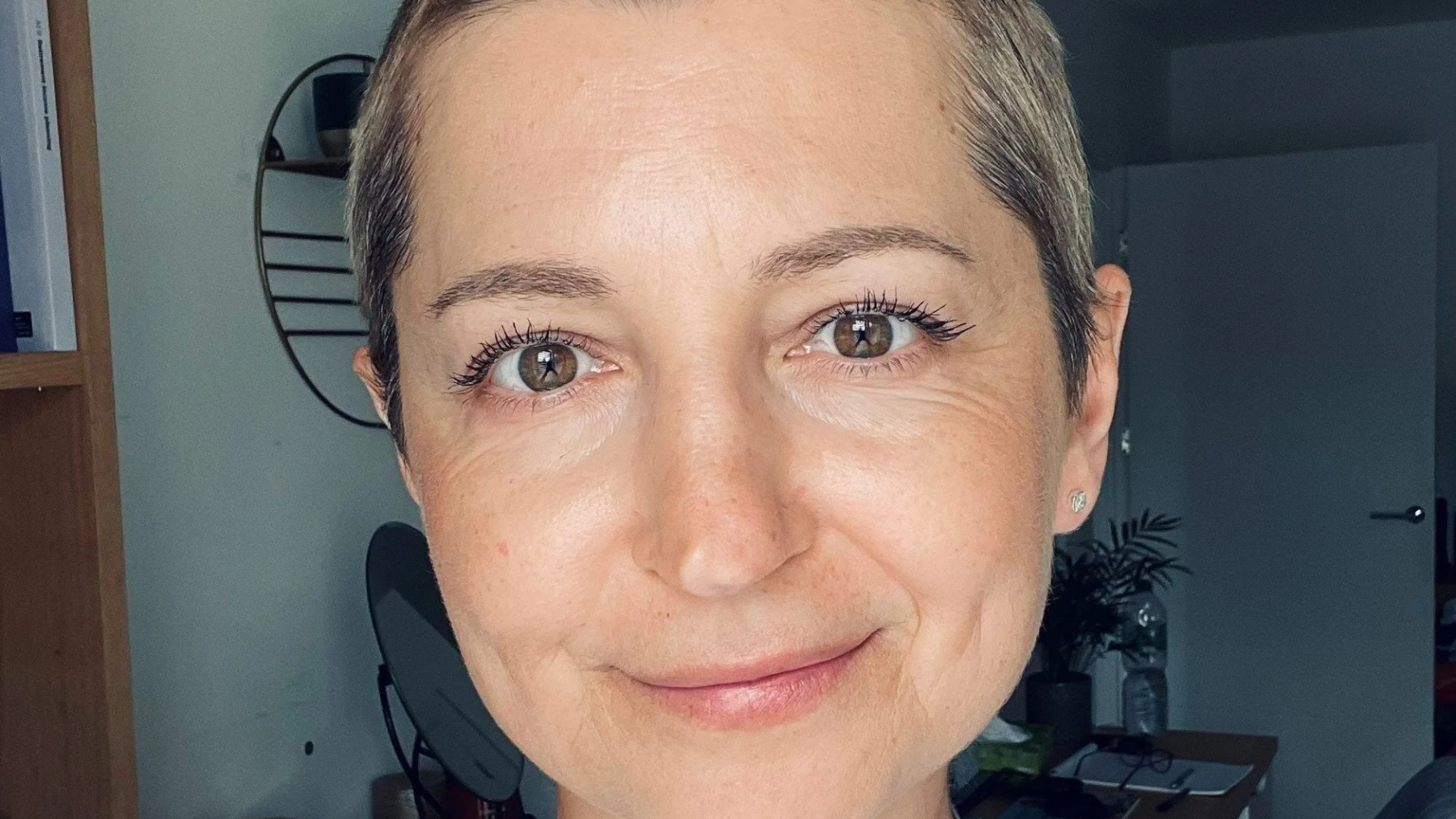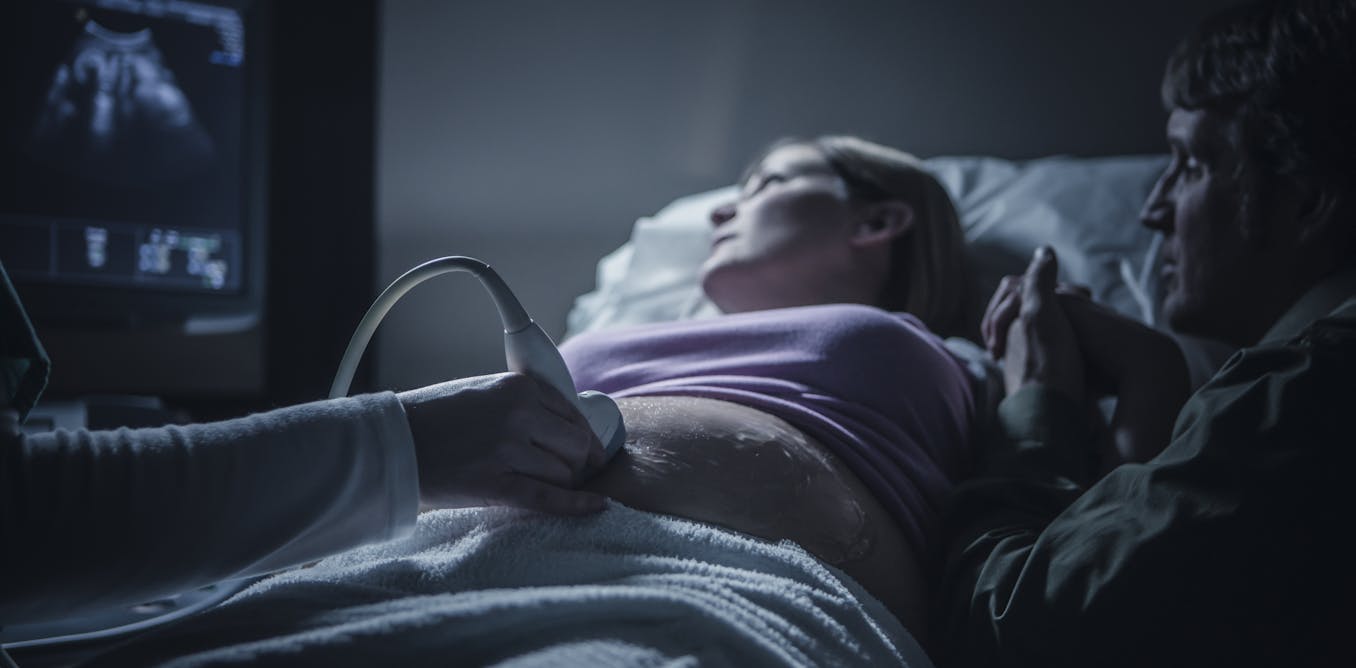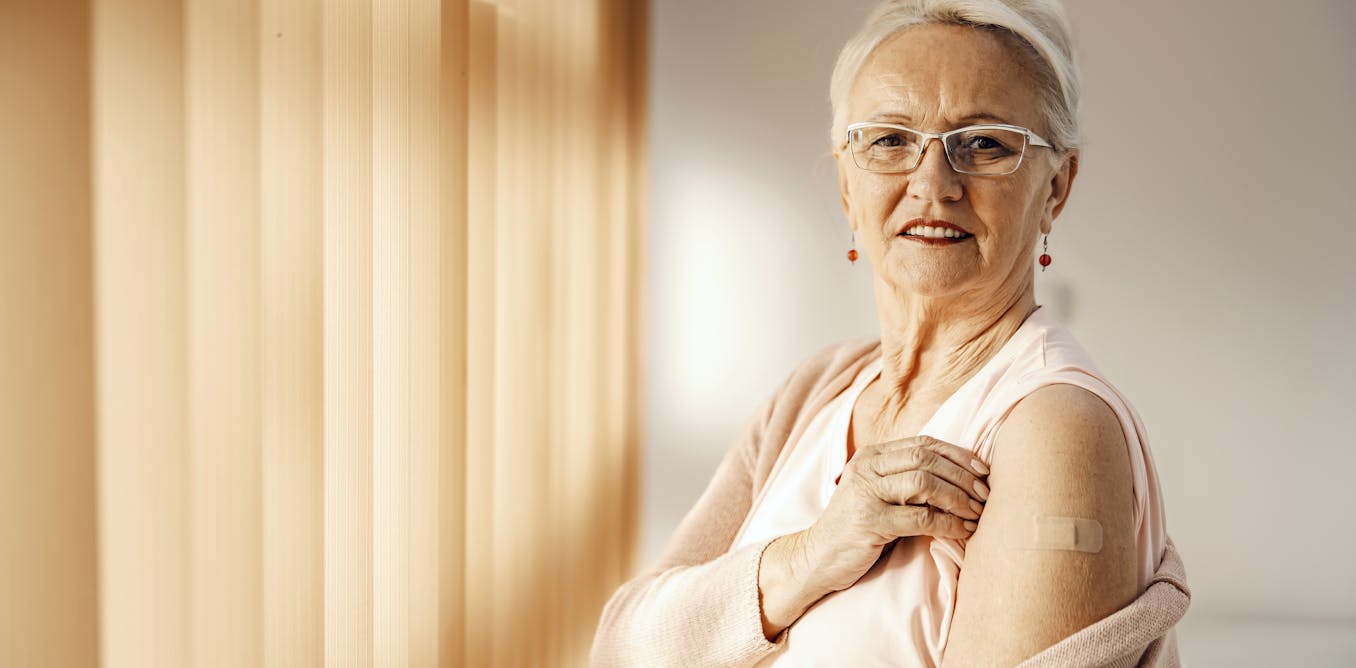A MUM was diagnosed with cancer 10 months late because of a missed email, her lawyers have said.
Wioletta Smith, 41, had attended a yearly examination for breast cancer at Kingston Hospital in south west London in 2022 due to changes in her right breast.
3

3
A mammogram image was marked as FAR (further action required) by the radiologist, with recommendations for an ultrasound assessment and possible biopsy.
It was emailed to the breast clinic – but it later transpired it was never received, Wioletta’s lawyers Irwin Mitchell have said.
Kingston Hospital Foundation Trust said in a letter the result was not sent via the agreed process, therefore it wasn’t received by the breast clinic and the recommendations weren’t actioned.
Having not heard anything back, Wioletta, from East Molesley in Surrey, “assumed everything was fine”.
In October 2023, she attended her GP surgery reporting a lump in her breast, and was referred under the urgent two-week suspected cancer pathway.
She underwent a biopsy and it was then she was diagnosed with stage 3 breast cancer.
Wioletta said: “I always made sure to attend all my appointments and reviews at the hospital, so when I didn’t hear back about the mammogram in question, I assumed everything was fine.
“So to then find out less than a year later that I had cancer came as a huge shock; I was absolutely devastated.
“It would have been easy for me to crumble and think ‘why me?’ but I knew I couldn’t change the diagnosis so I was determined to fight it. I have a young son and I want to be around to see him grow up, so giving up really wasn’t an option.”
Since her diagnosis, Wioletta has undergone surgery to remove the lump, and treatment including chemotherapy and radiotherapy.
She’s also received a letter from the trust to apologise, but still feels let down.
In their letter, the hospital trust said they have since redesigned the process for radiological alerts distribution and the pathway for patients under surveillance mammogram review to “minimise the likelihood of human error”.
Wioletta, who is a financial planner, has now instructed medical negligence lawyers at Irwin Mitchell to investigate her care and is working hard to raise awareness for the importance of testing.
She said: “The treatment process has been gruelling, both physically and emotionally, and I had to keep telling myself it’s temporary and I’ll get through the other side.
To find out less than a year later that I had cancer came as a huge shock; I was absolutely devastated.
Wioletta Smith
“I still feel hugely let down by the hospital trust, but I appreciate the apology and that they’ve introduced changes to help prevent something like this happening to someone else.
“I hope by speaking out, I can raise awareness of the symptoms of breast cancer. Many people are affected by the disease, so we all need to know what to look out for.”
Lauren Mannion, the lawyer representing her, said: “The past year has been incredibly difficult for Wioletta coming to terms with her diagnosis and the physical and emotional impact it’s had on her.
“Through our work, we sadly see the devastating effects that breast cancer can have, and understandably Wioletta has a number of questions and concerns around the events that led up to her diagnosis.
What are the signs of breast cancer?
BREAST cancer is the most common type of cancer in the UK.
The majority of women who get it are over 50, but younger women and, in rare cases, men can also get breast cancer.
If it’s treated early enough, breast cancer can be prevented from spreading to other parts of the body.
Breast cancer can have a number of symptoms, but the first noticeable symptom is usually a lump or area of thickened breast tissue.
Most breast lumps aren’t cancerous, but it’s always best to have them checked by your doctor. You should also speak to your GP if you notice any of the following:
- a change in the size or shape of one or both breasts
- discharge from either of your nipples (which may be streaked with blood)
- a lump or swelling in either of your armpits
- dimpling on the skin of your breasts
- a rash on or around your nipple
- a change in the appearance of your nipple, such as becoming sunken into your breast
Source: NHS
“While we continue to support Wioletta so she can access the specialist support and therapies she requires, we welcome that the Trust’s pledge to improve patient safety.
“Despite what happened to Wioletta and current concerns around cancer care and waiting times, it’s important people continue to participate in screening programmes or seek medical advice as soon as possible if they’re concerned they may have cancer.
“Early detection and treatment are key to beating it.”
The hospital trust was approached for comment.
How to check your breasts
It is important to regularly check your breasts for any changes. Breast tissue reaches all the way up to your collarbone and across to your armpit, so it’s vital to check these areas too.
If you feel or see any changes in your breast you should always consult your GP.
Charity CoppaFeel! recommends checking your breasts monthly, so you can pick up on any changes quickly.
Breasts do change naturally as part of your monthly menstrual cycle, so you should get to know your breasts, how they feel and what changes they usually go through to know if anything is out of the ordinary.
Five-step check
There is a five-step self exam you can do at home to check for any changes.
Step one: Begin by looking in a mirror, facing it with your arms on your hips and your shoulders straight. You should be looking for any dimpling, puckering, bulging skin, redness, soreness, a rash or changes in the nipple.
Step two: Still looking in the mirror, raise both arms above your head and check for the same changes.
Step three: With your arms still above your head, check for any fluid coming from the nipples. This can include milky, yellow or watery fluid, or blood.
Step four: While lying down use your opposite hand to check each breast. Using a few fingers, keeping them flat and together, go in a small circular motion around your breasts. Make sure you feel the entire breast by going top to bottom in these small circles. It helps to develop a system or pattern to make sure every inch is covered. Use light pressure for the skin and tissue just beneath, medium pressure for the tissue in the middle of your breasts, and firm pressure to feel the tissue at the back, feeling down to your ribcage.
Step five: Feel your breasts while either standing or sitting, using the same small circular motions.

3




